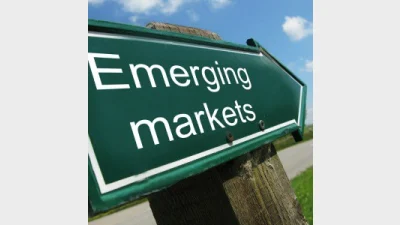Emerging markets to see higher growth



Emerging markets (EM) growth is expected to be slightly higher in 2018 despite China being projected to slow down further this year, Nikko Asset Management (AM) said.
However, Nikko AM remained ‘highly constructive’ on EM as EM ex-China would be expected to improve significantly, driven mainly by a continued recovery in domestic demand.
Nikko AM’s senior portfolio manager and author of Nikko AM 2018 Outlook, Raphael Marechal said in a report: “We remain highly constructive on EM in 2018, with local debt expected to continue to outperform hard currency debt in the year ahead.”
“Local debt is starting the year with a much higher carry (over six per cent) and EM FX should benefit from a number of interest rate hikes, specifically in the low-yielding segment of the asset class.
“In contrast, we expect the external debt could be negatively impacted by Fed hikes.”
At the same time, EM fixed income assets would continue to be driven by the interaction between two strong thematics such as EM growth dynamics and the pace of US interest rate rises, the firm said.
EM inflation would likely move higher in 2018 however the increase would not be broad-based.
Marechal also warned all three regions would see a heavy election calendar, with the key votes to watch being the general elections in Pakistan and local elections in Indonesia.
Across the EMEA region, only elections in South Africa would be expected to have a significant impact on the market, it said.
Recommended for you
Evidentia’s chief investment strategist Nathan Lim has announced his retirement after a 30-year career.
GQG Partners has marked its fifth consecutive month of outflows as its AI concerns lead to fund underperformance but overall funds under management increased to US$166.1 billion.
Apostle Funds Management is actively pursuing further partnerships in Asia and Europe but finding a suitable manager is a “needle in a haystack”.
Managed account provider Trellia Wealth Partners, formed from the merger between Betashares and InvestSense, has appointed its first managing partner.











